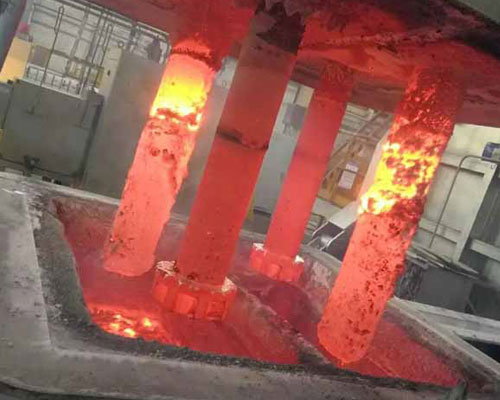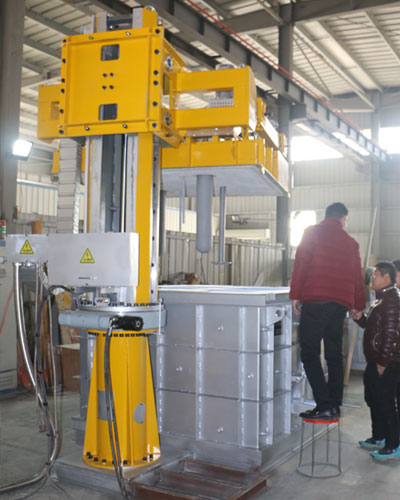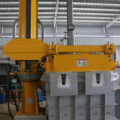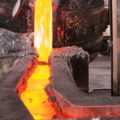Degassing and flux injection practices can help reduce hydrogen and inclusions and improve the quality of the aluminum melt in the foundry.
Porosity is a well-known common defect in castings. Its existence will damage its mechanical properties and corrosion resistance. Therefore, it is one of the main reasons for casting scrap in foundries. Foundries usually classify porosity as pores or shrinkage defects, but in reality, porosity is usually a combination of the two.
However, these two phenomena can occur in isolation, and when this happens, the control and correction becomes easier and simpler for the casting engineer.
The main source of pores in aluminum castings is hydrogen, which is the only gas that has significant solubility in molten aluminum. Aluminum castings usually contain 0.15-0.30 ml H2 / 100 mg Al. Only in high-strength casting alloys, the hydrogen concentration needs to be kept below 0.1ml H2 / 100 mg Al.
Although castings with very low hydrogen content generally have greater shrinkage porosity than castings with higher concentrations, and require more accurate gate and feed system calculations. The allowable amount of pores in the casting is determined by the method of the casting and the specifications of the parts. In high-strength castings such as aerospace or automotive parts, very strict specifications for robustness and mechanical properties are always established, so very accurate and effective degassing aluminum melt methods are required to maintain the lowest possible hydrogen concentration.

The design of the degassing aluminum melt process is mainly to reduce the concentration of dissolved hydrogen in the molten metal, and then casting. The most effective method for degassing is to rotate the impeller. The introduced purge gas is sheared into small bubbles and evenly distributed in the entire molten pool.
The most commonly used purge gases in rotary degassing are nitrogen and argon. As the purge bubble rises, the dissolved hydrogen diffuses into the purge bubble to form molecular hydrogen, which is insoluble and is therefore released when the bubble reaches the surface. Therefore, the contact area between the liquid metal and the bubbles, the bubbles stay time in the liquid metal plays an important role in the degassing efficiency.
Smaller bubbles are preferred because they have a larger surface area and rise slowly. The removal rate of hydrogen in the rotating degassing process is controlled by the principles of thermodynamics and kinetics, as well as the rotor design, melting factor, operating parameters, and physical conditions of the degassing equipment.










